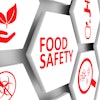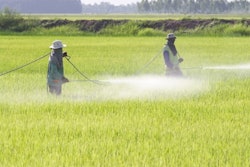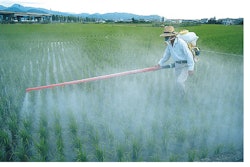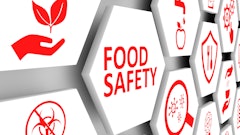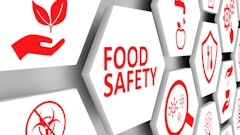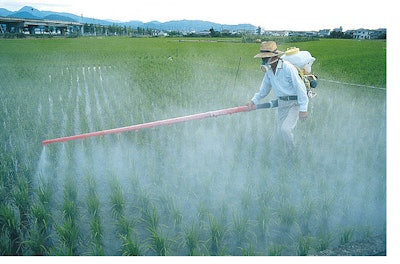
The debate about the safety of our fruits and vegetables dates back almost 30 years.
This year the U.S. Food and Drug Administration (USDA) marks 25 years of the Pesticide Data Program, which provides results for samples collected in the year prior. The purpose of the report is to show consumers that American-grown fruits and vegetables are safe, maintaining pesticide levels below those permitted by the Environmental Protection Agency (EPA).
An annual list, “Dirty Dozen,” published by the Environmental Working Groups (EWG), debates much of what can be found in the USDA report, however. EWG critics say the list acts as a false warning to buy organic fruits and vegetables because the EWG believes they are safer.
In the more than 2 million results found in the 2015 report, the USDA reports, “over 99 percent of the samples tested had residues well below the tolerances established by EPA, with 15 percent having no detectable pesticide residue.”
Learn more about the USDA report and the ongoing debate by visiting www.foodsafetynews.com/2016/12/pesticide-data-report-starts-new-debate-cycle-on-fresh-produce/#.WErJvLIrLb0.
